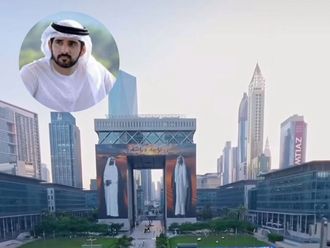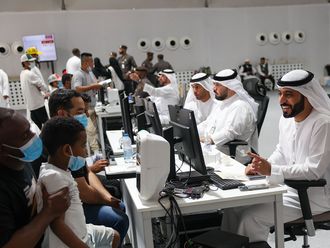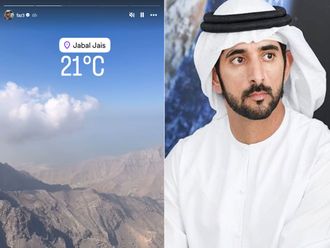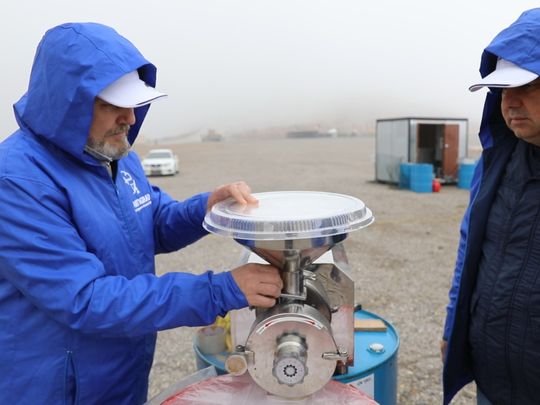
Abu Dhabi: The National Centre of Meteorology (NCM) has successfully completed the second phase of innovative technology demonstration trials aimed at exploring the possibility of artificial cloud formation.
The trials, which stimulated local updrafts, are part of the UAE Research Programme for Rain Enhancement Science (UAEREP).
The field trials were conducted on Jebel Jeis in Ras Al Khaimah a research team led by Doctor Ali Abshaev, UAEREP’s 3rd cycle awardee, and senior researcher at the Hail Suppression Research Center in Russia, to observe wintertime local-scale cloud processes and precipitation over the eastern areas of the UAE. These were then compared with the results from the previous springtime trials, which were conducted from February 17 to March 26 last year.
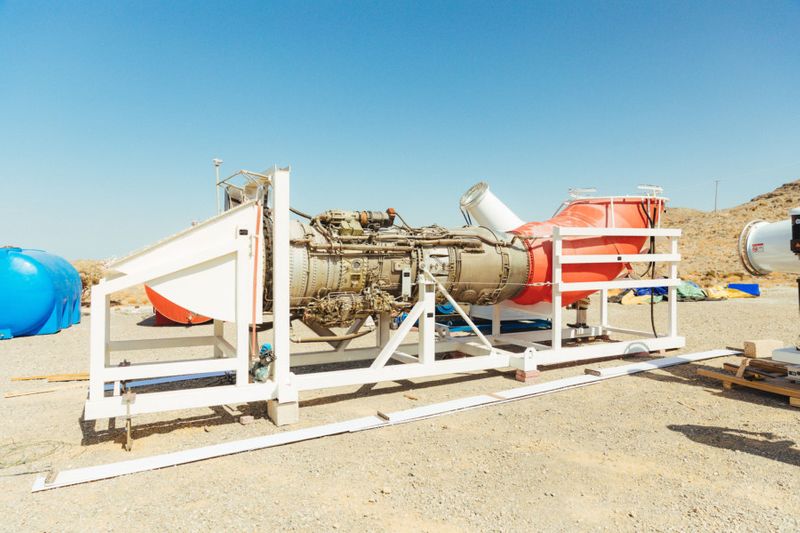
The purpose of this project is to study the possibility of stimulating cumulus cloud formation using an innovative jet engine composite system, which releases a high-velocity stream of customised aerosol particles into the atmosphere to trigger artificial updrafts and, consequently, cloud formation.
From December 24, 2021, to January 5, 2022, the team carried out a total of 12 experiments in different atmospheric conditions. These included three experiments in clear cloudless sky conditions, four experiments when convective or layered convective clouds were over the site or at a short distance, three experiments with direct interventions in convective clouds, and two experiments with interventions in stratiform clouds.
A techno-economic study to scale up the jet engine system in order to amplify its effects are the main concern for future work, including more powerful (or a network of) jet engines.

“As part of its support for the UAE’s National Innovation Strategy, NCM continues to drive innovation in rain enhancement research to fulfill the aspirations of our wise leadership to ensure water security in the UAE and beyond. Through the UAEREP, the NCM works closely works with the program awardees and supports their ground-breaking research work to find sustainable water solutions for the benefit of communities at risk of water scarcity. Such efforts go a long way in developing local and global capacities in this important research domain while ensuring sustainable supplies of clean water needed for our socio-economic development,” said Dr Abdulla Al Mandous, NCM director president of the Regional Association II (Asia).
“The outcomes of this project have the potential to advance our understanding of cloud formation and precipitation development through contributing new knowledge to rain enhancement science. The atmospheric data gathered from this campaign answers many important questions about cloud formation and will help us determine the optimal conditions for our future rain enhancement operations. We look forward to utilizing the findings of such studies to develop more viable and cost-effective cloud seeding methods that will eventually increase our rainfall rates and enhance freshwater supply,” added Alya Al Mazroui, UAEREP director.
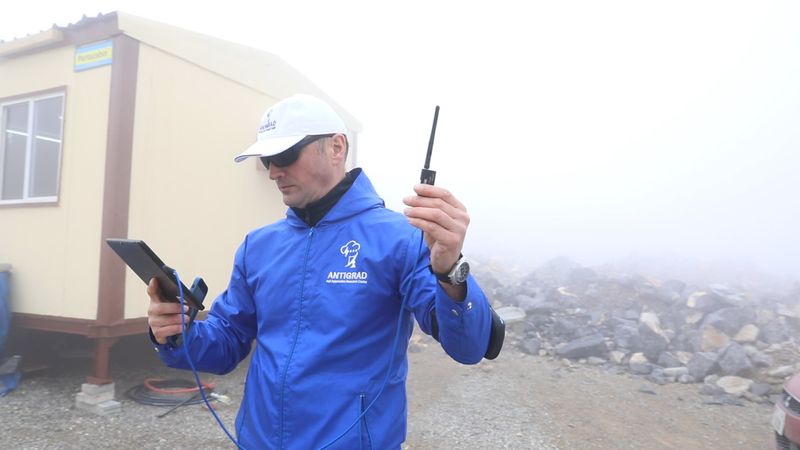
As a culmination of three years of theoretical, lab-scale, and numerical modeling work conducted by the project team, Phase 1 of the field campaign was successfully completed last year in Jebel Jais, Ras Al Khaimah – the UAE’s highest peak at 1,934 meters above sea level. The campaign deployed and tested an innovative jet engine composite system, in addition to advanced scientific measurement instrumentation, including a custom-made weather drone, microwave radiometer, wind lidar, fog cannon, and thermal infrared imager, among others.
The project derives its theoretical basis from ash clouds from volcanic activity that can produce convective clouds leading to the formation of cumulus and cumulonimbus clouds which could then lead to precipitation. It attempts to recreate this phenomenon of stimulating cloud formation using more sustainable methods and available technology.


